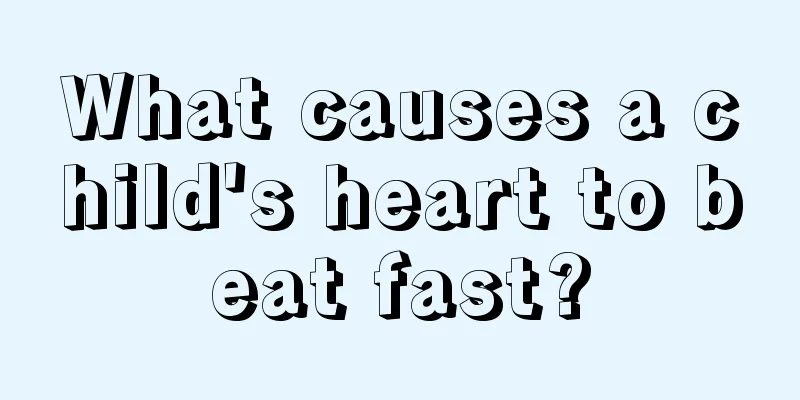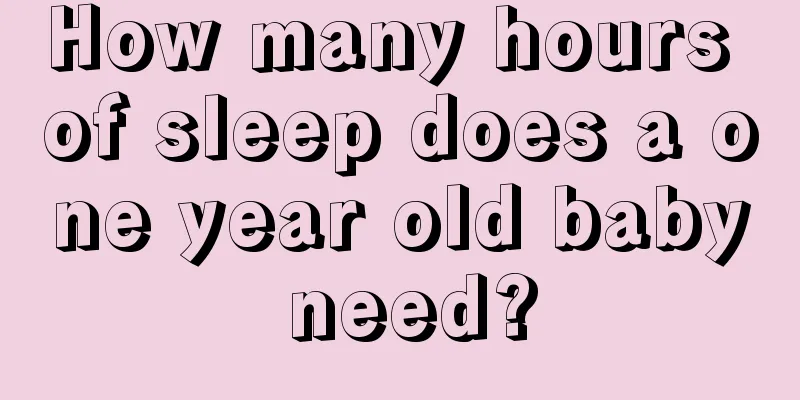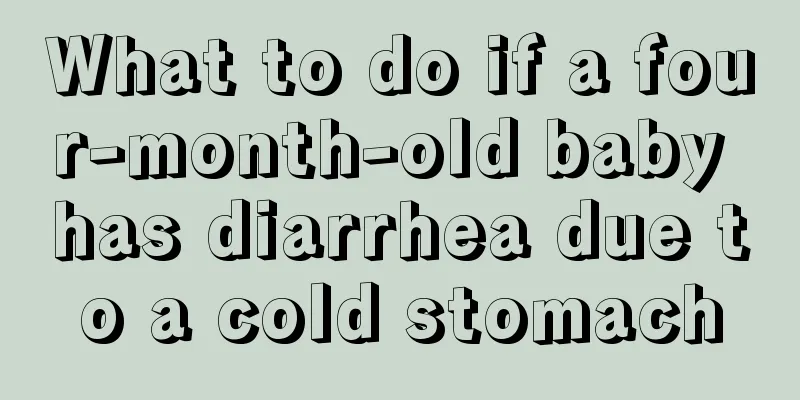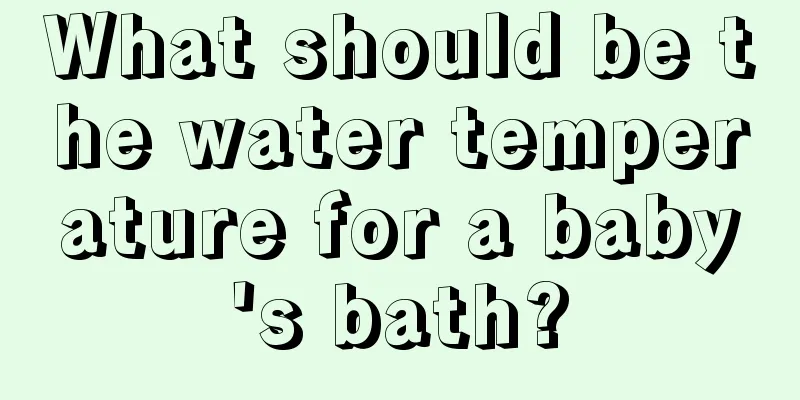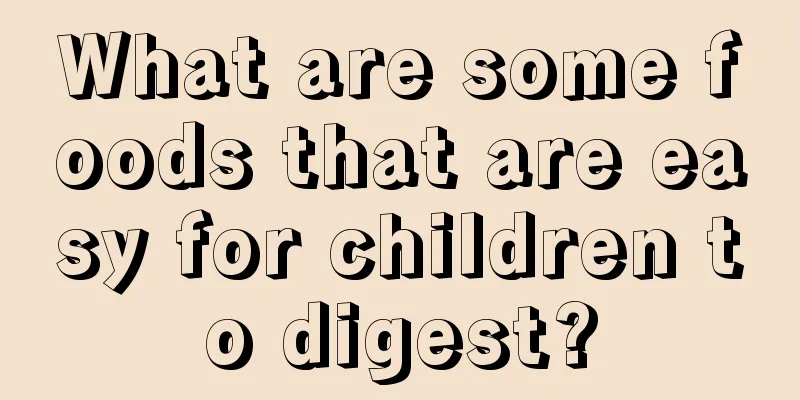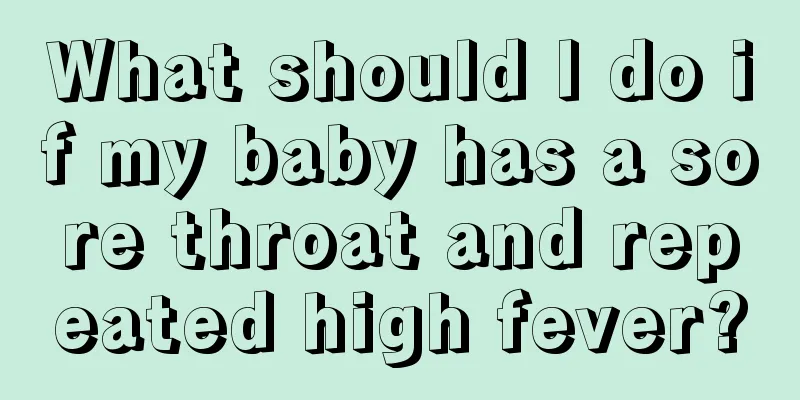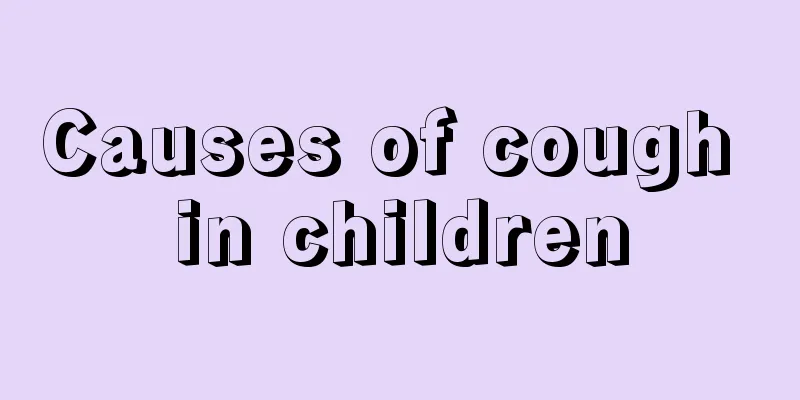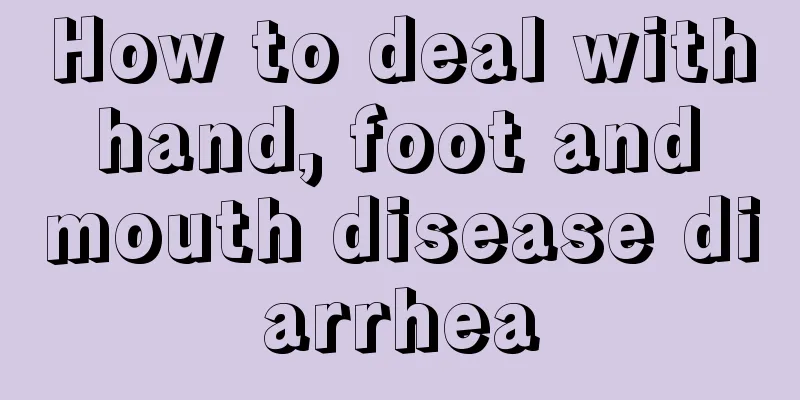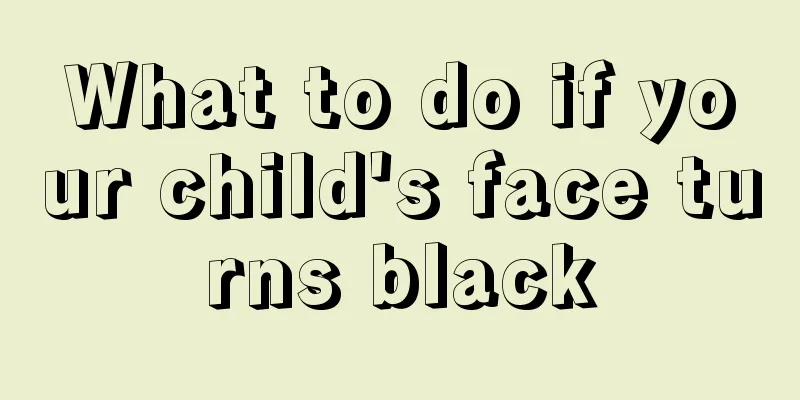How to treat a child's cold, fever and headache?
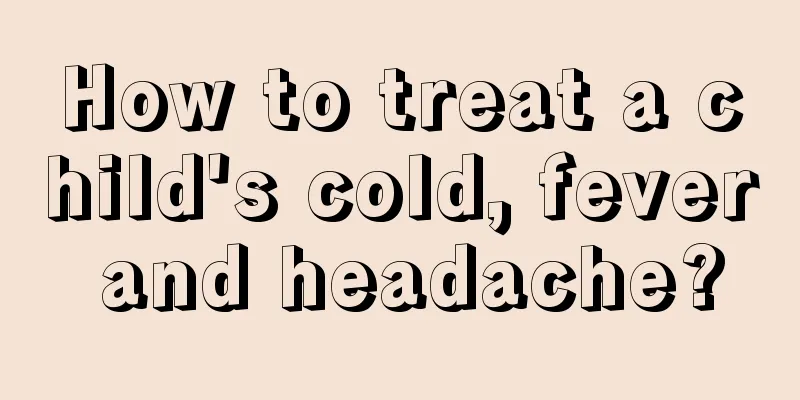
|
Children are the apple of every parent’s eye. As long as the child encounters something bad, adults will feel very distressed and nervous, especially when the child has a cold or fever, which causes a headache. Because children's bodies are in poor condition and their immunity is relatively low, what should we do when children catch a cold, have a fever and feel headache? Next, let's take a look at the specific corresponding measures. The common cold, also known as acute nasopharyngitis, or simply cold, is commonly known as "cold". It is the most common type of acute upper respiratory tract viral infection. It is mostly self-limiting, but has a high incidence rate, affects a wide range of people and a large number of people, causes huge economic losses, and can cause a variety of complications. The incubation period ranges from 1 to 3 days, depending on the virus. Enterovirus is the shortest, while adenovirus and respiratory syncytial virus are longer. Onset is sudden. Most patients experience a burning sensation in the nose and throat first, followed by nasal congestion, sneezing, runny nose, general malaise and muscle aches. Symptoms peak within 48 hours (virus uncoating). Acute nasopharyngitis usually does not cause fever or only has a low fever, especially when it is caused by rhinovirus or coronavirus infection. There may be conjunctival congestion, tearing, photophobia, swollen eyelids, and edema of the throat mucosa. Whether or not pharyngitis and tracheitis occur varies from person to person and from virus to virus. Nasal discharge initially appears as a large amount of clear watery mucus, which later becomes mucous or purulent. Mucopurulent discharge does not necessarily indicate secondary bacterial infection. The cough is usually mild and may last up to 2 weeks. Purulent sputum or severe lower respiratory tract symptoms suggest viral comorbidity other than rhinovirus or secondary bacterial infection. When children have a cold, their symptoms are often more severe than those of adults, and they often have lower respiratory tract symptoms and gastrointestinal tract symptoms (vomiting, diarrhea, etc.). Colds are mostly self-limited and, if there are no complications, last 4 to 10 days. The above are the relevant measures that parents can take when their children have a cold, fever, or headache. When a child has a cold, he or she should be sent to the hospital promptly, given injections if necessary and medicine if necessary. Check the child's temperature regularly, and it is best to pay more attention to the child's health in the middle of the night. |
<<: What should I do if my child has a fever at night?
>>: Nursing measures for neonatal asphyxia
Recommend
What is the dosage of Lanqin oral solution for children?
The main medicines of Lanling Oral Liquid are Chi...
How should we treat a child with a yellow complexion?
Because the living standards are quite high now, ...
Does pediatric massage work for cough?
It is common for children to catch colds, especia...
Causes and treatment of scoliosis in infants
If babies develop scoliosis, it is usually due to...
6 reminders for mothers about the high incidence of colds in summer
In spring and summer, babies sweat a lot due to t...
What to do if the baby's umbilical cord becomes suppurative
When a baby comes into this world, it brings some...
What to do if a six-year-old child cannot speak
Children's health is the center of a family. ...
Can eight-month-old babies eat sweet potatoes?
Many people like to eat sweet potatoes. Sweet pot...
What kind of exercise can children do to lose weight?
Today's children have become little emperors ...
Can children with cerebral dysplasia undergo surgery?
Every baby means a lot to a family from the momen...
What to do if the baby is overfed
After the baby is born, the diet is controlled by...
Can babies eat sugar cane?
In the eyes of many people, sugarcane is a partic...
What is the reason for the white tongue coating of a 3-month-old baby?
A 3-month-old baby has gradually begun to adapt t...
The harm of holding a newborn after smoking
Newborns are very young and their organs are not ...
What is the diet for a one year four month old baby
A nutritious diet for children is very important....
